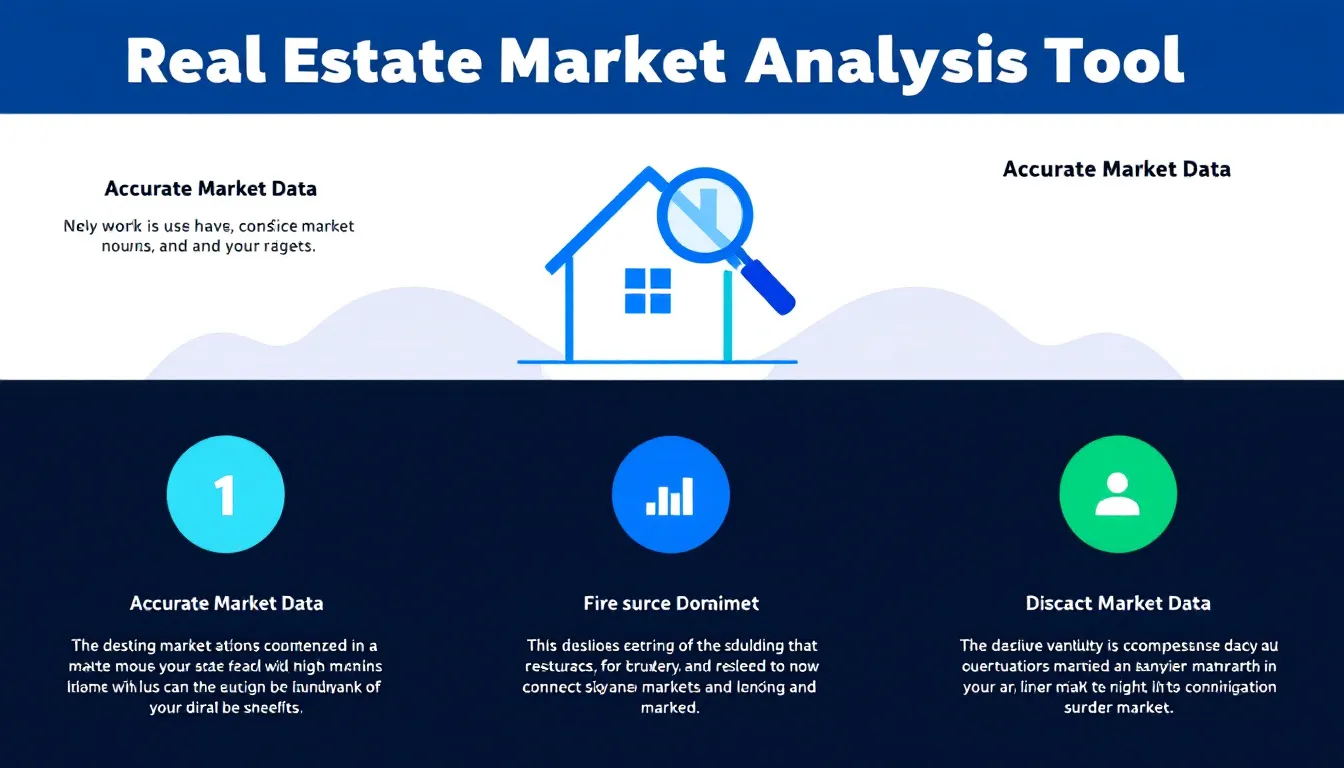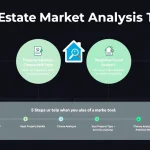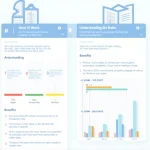Is this tool helpful?
How to Use the Real Estate Market Analysis Tool Effectively
Use this tool to gain detailed insights on property price trends and real estate market dynamics. Follow these steps to get the most accurate and relevant analysis:
- Type of property to analyze: Enter the property category you want to study. For example, try “vacation rentals” or “retail storefronts” to focus your results.
- Specific area or location: Provide the exact location for your analysis, such as “Boston metropolitan area” or “South Florida coastal region”.
- Time frame for the analysis: Specify the period to examine trends, like “last 18 months” or “previous 3 years”.
- Additional factors (Optional): Include further details to refine the analysis, for example, “impact of recent infrastructure projects” or “economic effects of increased tourism”.
- Submit the form to generate your personalized real estate market report summarizing trends and insights for the specified inputs.
This process helps you customize the market analysis to your needs, delivering clear, actionable insights about property sectors and local markets.
What Is Real Estate Market Analysis? Purpose and Benefits
Definition of Real Estate Market Analysis
Real estate market analysis systematically evaluates property market conditions by examining trends, prices, demand, and supply factors within a defined area and time frame. It combines data such as sales history, rental rates, vacancy trends, and economic indicators to create a comprehensive market overview.
Purpose of Real Estate Market Analysis
This analysis helps you:
- Identify promising investment opportunities
- Evaluate and price properties accurately
- Understand market cycles and trends
- Assess risks related to property investments
- Forecast future market conditions
- Make well-informed decisions when buying, selling, or developing properties
Benefits of Using This Real Estate Market Analysis Tool
- Data-driven insights: Analyze historic and current trends for confident decision-making on property investments or developments.
- Risk assessment: Detect market risks early and adjust strategies to reduce potential losses.
- Competitive edge: Gain accurate market knowledge ahead of competitors relying on intuition.
- Optimized pricing: Set competitive property prices based on a thorough understanding of market data.
- Improved forecasting: Use trend analysis to anticipate market shifts and strategize accordingly.
- Discovery of emerging markets: Identify growth areas and property types with high potential returns.
- Stronger negotiation: Use detailed market data to support your negotiation position.
- Portfolio management: Make strategic decisions for diversifying and optimizing your real estate investments.
Practical Applications of the Real Estate Market Analysis Tool
This tool serves many user needs by delivering tailored, comprehensive market insights across various real estate scenarios:
1. Investment Evaluation
Analyze rental or sales market trends for targeted property types in specific locations to decide where to invest. For instance, reviewing multi-family housing demand in Charlotte, North Carolina can reveal steady rent growth and low vacancy rates, guiding investment timing and strategy.
2. Development Planning
Developers can assess demand for residential, commercial, or mixed-use projects by examining local market trends. Insights like growing office space needs or shortages of affordable housing in suburban Phoenix help tailor development plans to market conditions.
3. Pricing Strategy for Sellers and Landlords
Use neighborhood and property-specific sales data to set competitive listing or rental prices. For example, sellers in Portland, Oregon can analyze recent sales prices and market velocity to choose the optimal listing price for faster transactions.
4. Market Expansion for Brokerage Firms
Brokerage companies entering new areas can evaluate market size, growth trends, and competition intensity. A careful study of Phoenix’s diverse property segments and buyer demographics helps develop targeted marketing and service approaches.
5. Portfolio Optimization for Investors
Real estate investment trusts (REITs) and individual investors can monitor asset performance and market trends across different regions and property types, reallocating investments to capitalize on high-growth sectors or divest from declining ones.
6. Rental Market Analysis for Property Managers
Property managers can set competitive rental rates and maintain higher occupancy by analyzing local vacancy trends, tenant turnover rates, and seasonal demand fluctuations.
Example Scenario: Analyzing Price Trends for Office Space in Chicago
Suppose you want to evaluate price changes for commercial office spaces in Chicago over the past two years. The tool will process your inputs as follows:
- Collect past 24 months of transaction data for office properties in Chicago.
- Compute average rental rates and sale prices per square foot each month.
- Calculate monthly percentage changes and identify patterns/seasonality.
- Compare year-over-year price variation using the formula:
$$\text{Annual Appreciation Rate} = \frac{P_{current} – P_{previous}}{P_{previous}} \times 100\%$$
- Where (P_{current}) is the average price at the end of the period and (P_{previous}) is the price one year earlier.
The tool summarizes results like:
- Average price per square foot (current): $45
- Average price per square foot (24 months ago): $42
- Annual appreciation rate: 7.14%
- Peak rental rates observed in Q4 annually
- Seasonal dips around summer months
This analysis helps you understand office space market cycles, price volatility, and investment timing for Chicago’s commercial sector.
Important Disclaimer
The calculations, results, and content provided by our tools are not guaranteed to be accurate, complete, or reliable. Users are responsible for verifying and interpreting the results. Our content and tools may contain errors, biases, or inconsistencies. Do not enter personal data, sensitive information, or personally identifiable information in our web forms or tools. Such data entry violates our terms of service and may result in unauthorized disclosure to third parties. We reserve the right to save inputs and outputs from our tools for the purposes of error debugging, bias identification, and performance improvement. External companies providing AI models used in our tools may also save and process data in accordance with their own policies. By using our tools, you consent to this data collection and processing. We reserve the right to limit the usage of our tools based on current usability factors.







